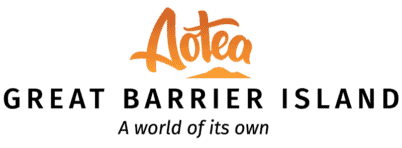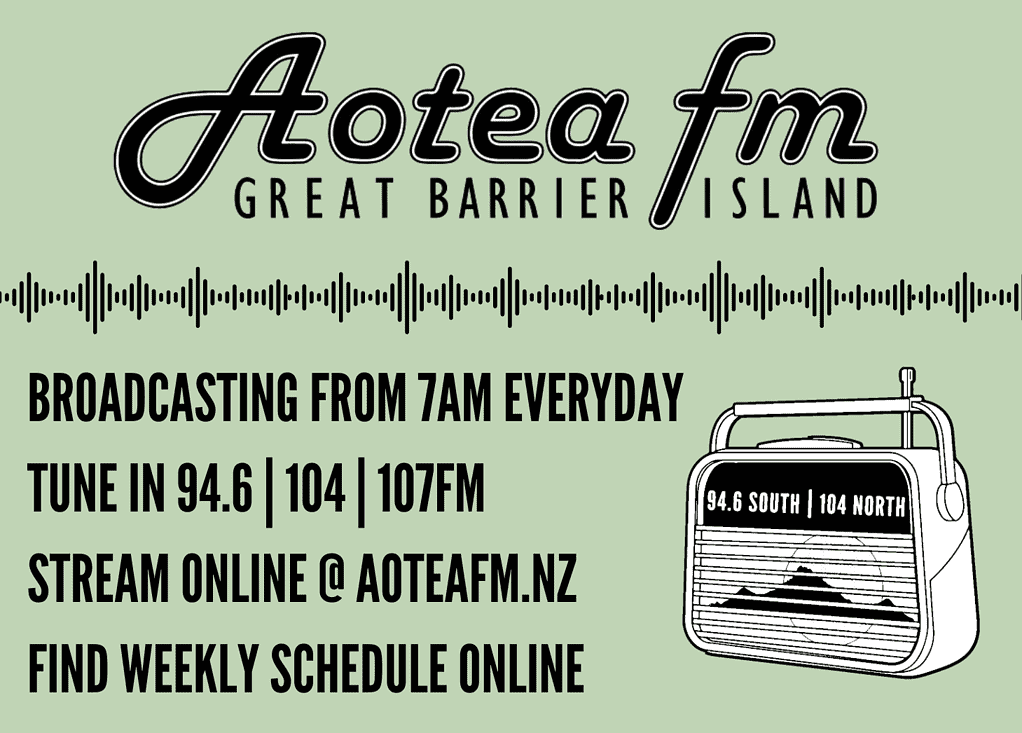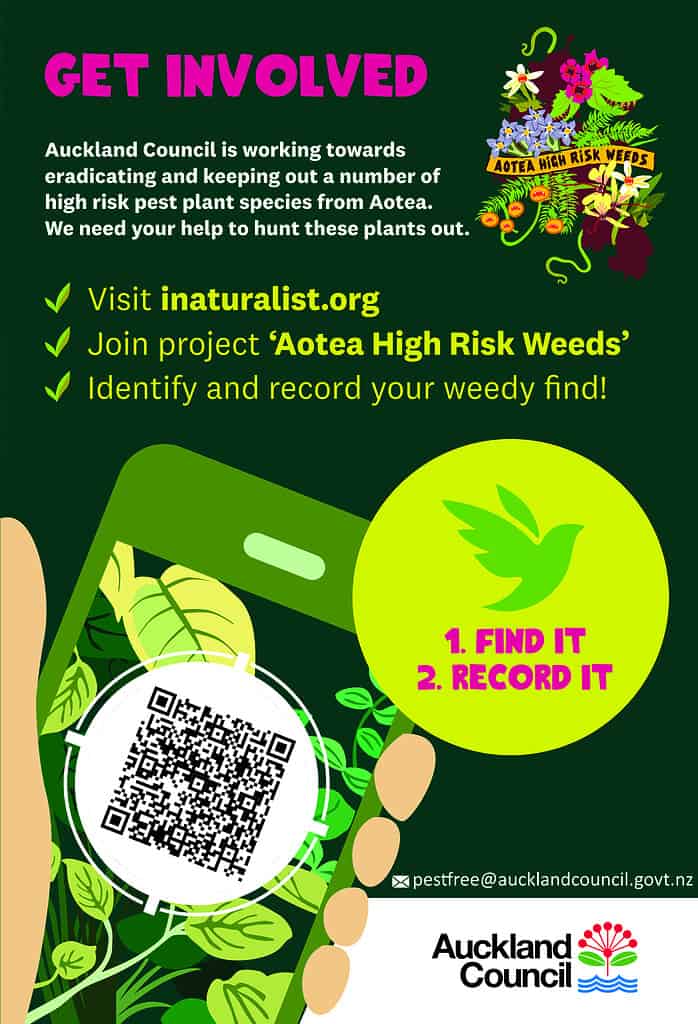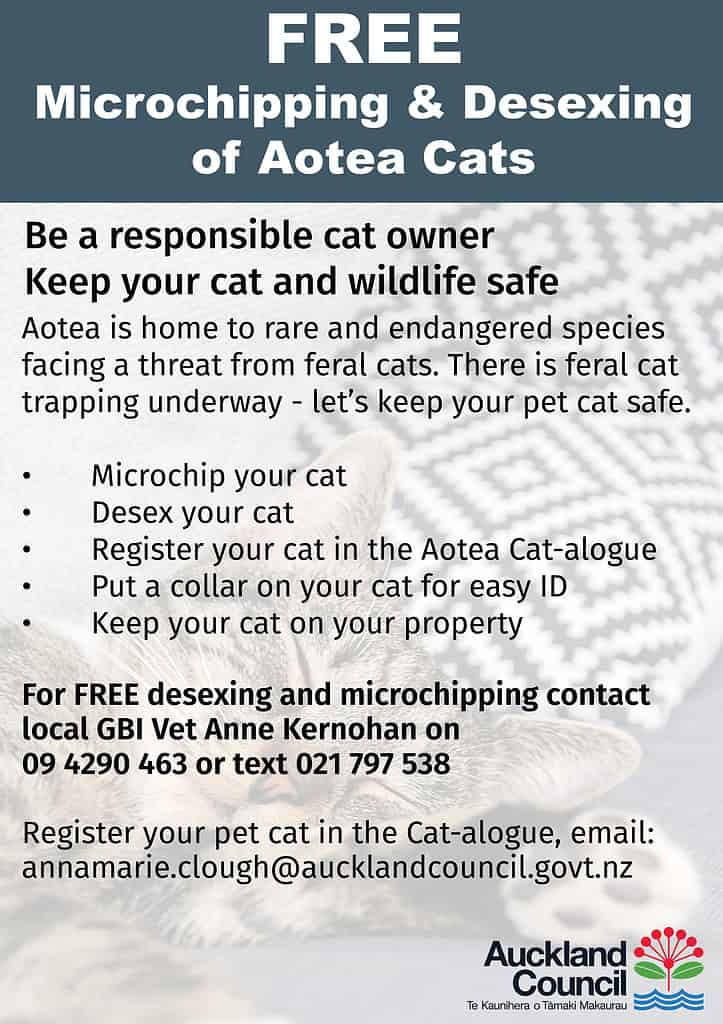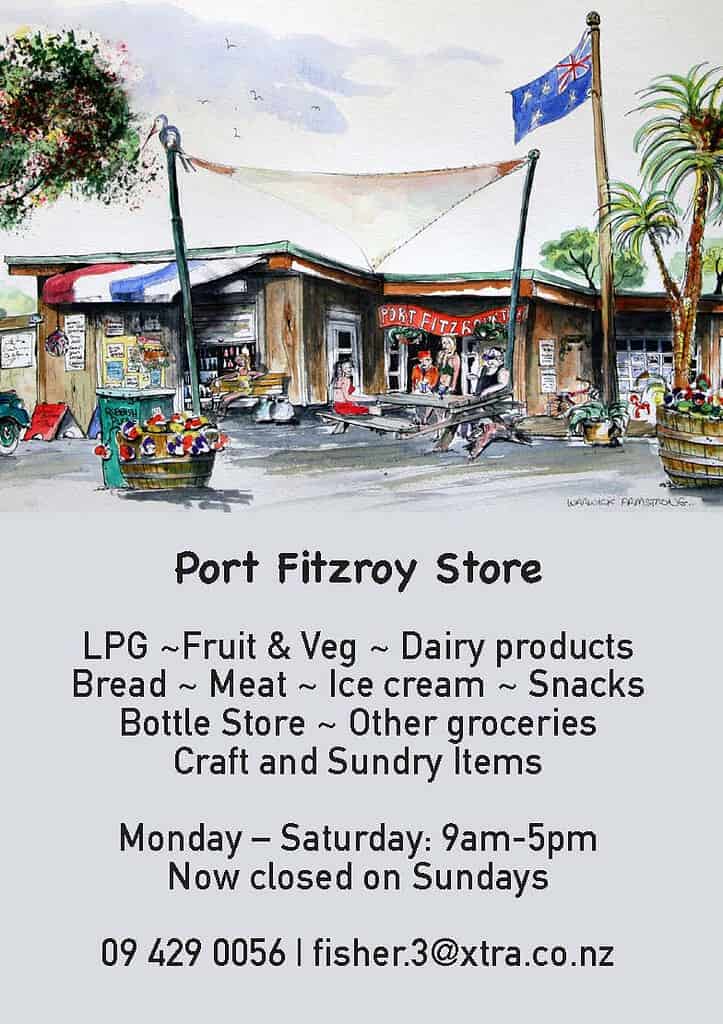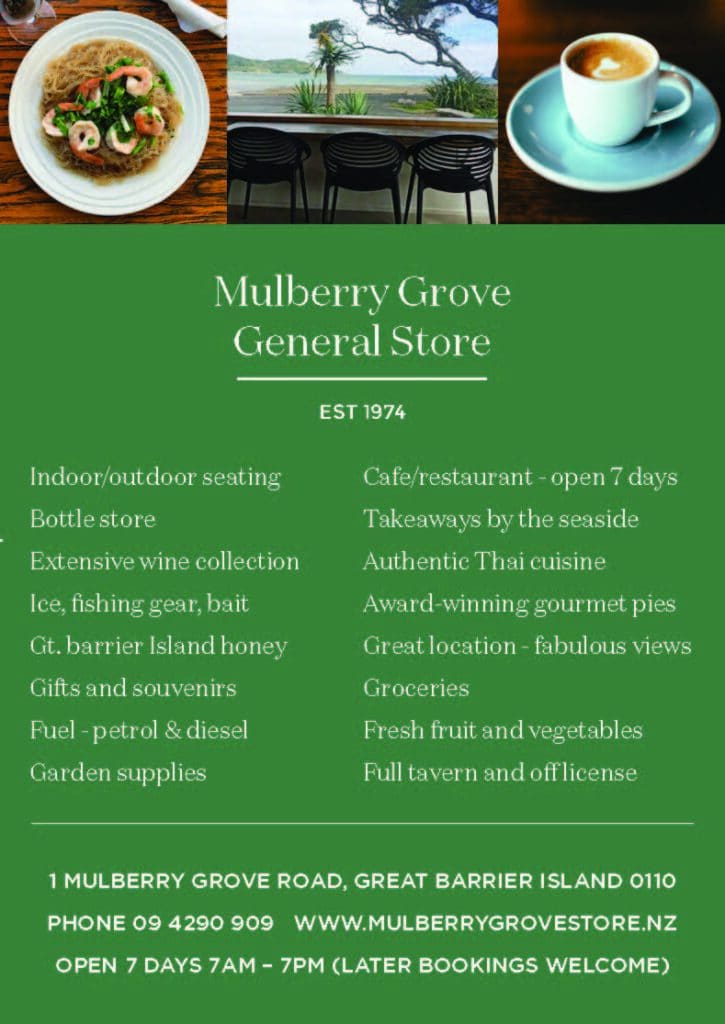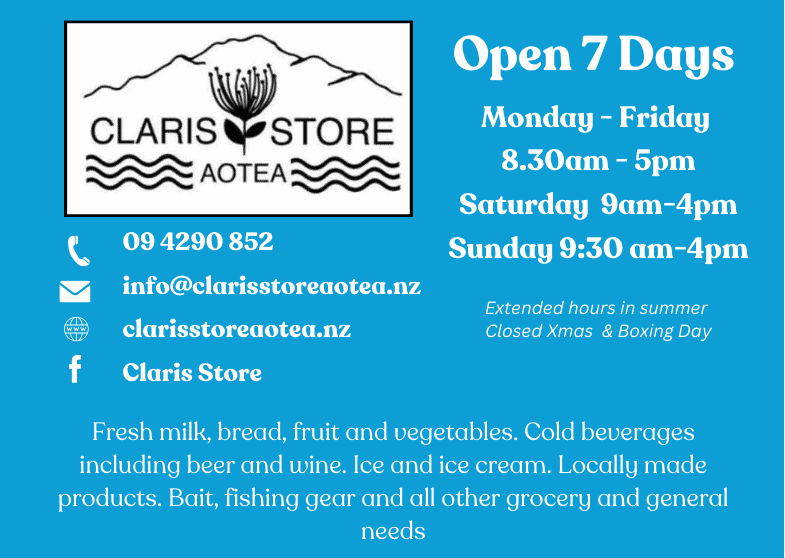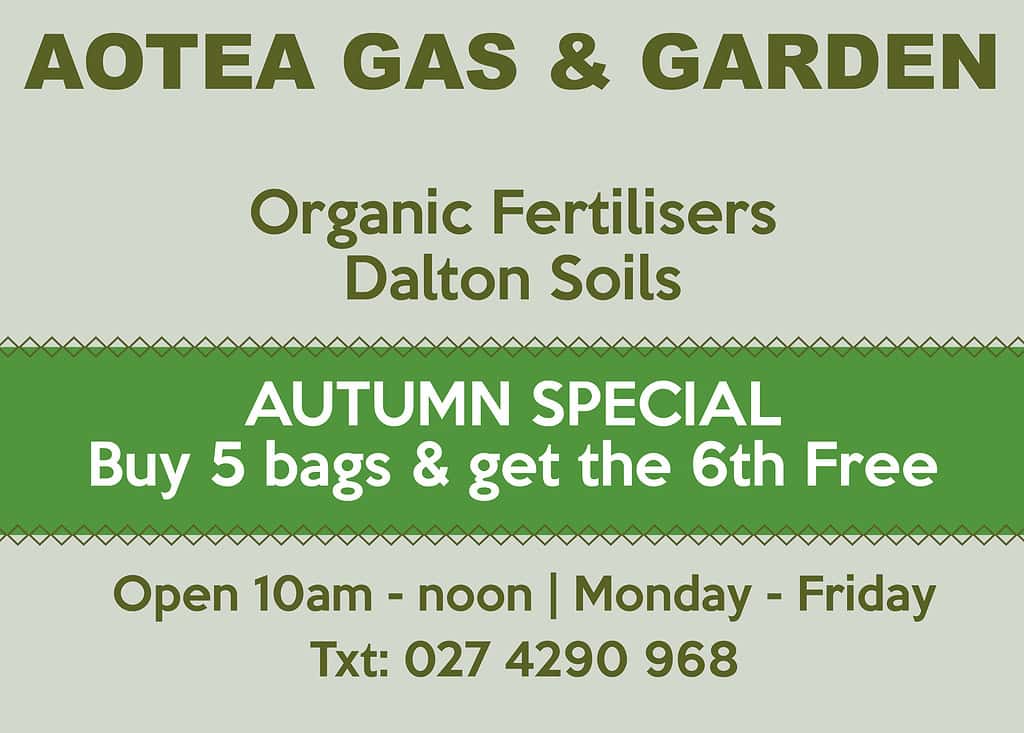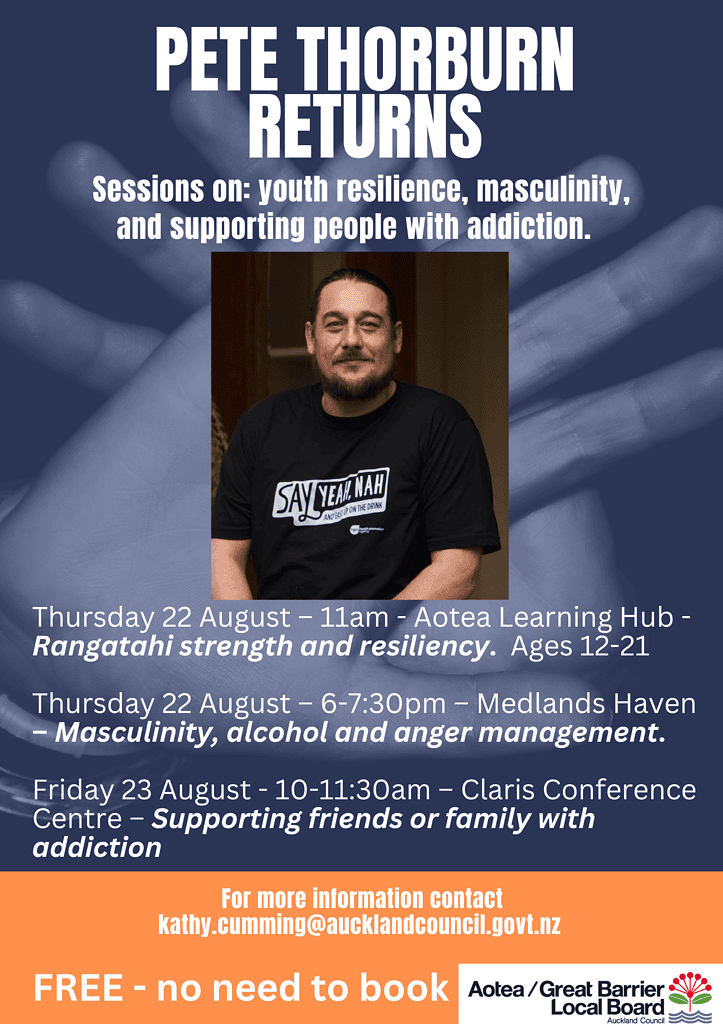After years of concerted effort by local and off island contractors Aotea / Great Barrier Island was declared free of feral goats in 2006.
Given its rugged terrain and the considerable effort that was required to access some areas, the eradication of feral goats from the island was (and still is) a significant milestone. On Aotea, goat browsing was causing serious damage to vegetation cover and density, also causing the loss of plant species and preventing forest regeneration. This harm was particularly noticeable in the Te Paparahi block and around the coastal fringes of the island where the understory was browsed out and larger trees ringbarked.
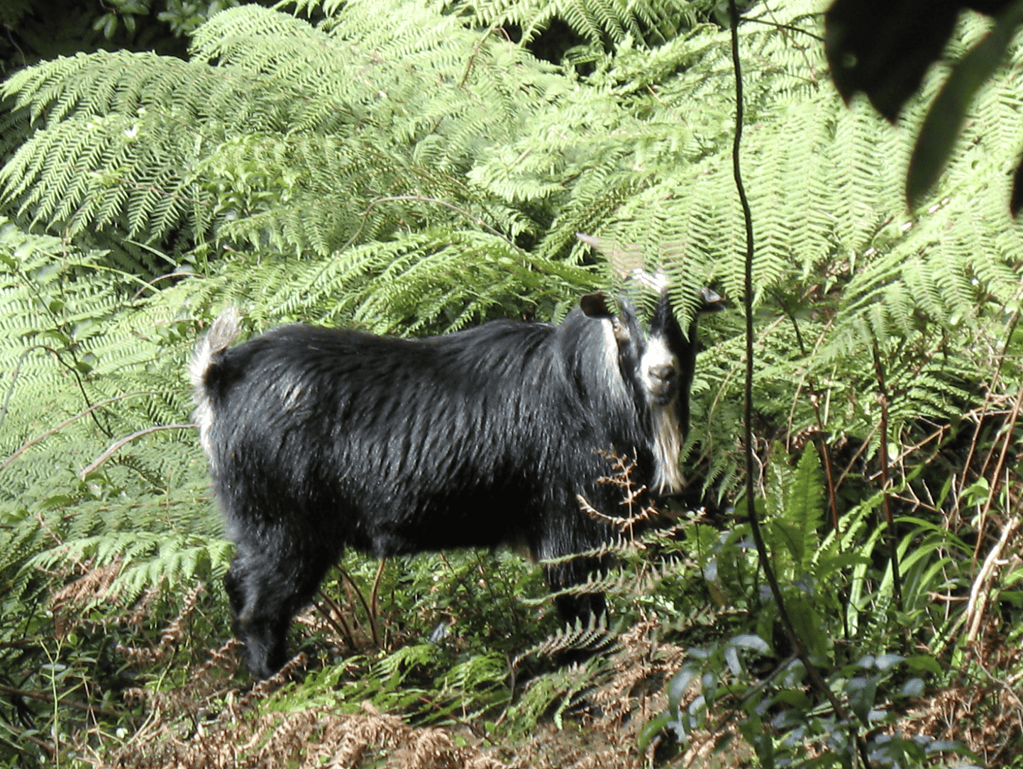
To protect Aotea’s feral goat free status, rules were introduced to prevent the possibility of re-introduction, and at the same time to provide the opportunity for residents to keep recognized breeds of dairy goats. These criteria were set up to ensure that domestic goats did not become feral, and to easily distinguish domestic goats from feral goats.
The Auckland Regional Pest Management Plan 2020-2030 describes what breeds of goats can be kept and the set criteria they may be kept under.
If fencing criteria is met, the following breeds of goats may be transported within the Hauraki Gulf Controlled area to Aotea: British alpine, toggenburg, nubian, saanen, or sable dairy goat.
Regardless of breed, the definition of a feral goat includes any goat that is not: a) held behind effective fences or otherwise constrained; and b) identified in accordance with an animal identification device approved under the National Animal Identification and Tracing Act 2012.
Vegetation cover and understory across the motu has seen a vast improvement in the 18 years since goats were removed. With multiple species such as Kohekohe, Mahoe and Houpara making a strong recovery.
If you would like more information, visit: shorturl.at/RbFZy
Words by Jeremy Warden, Auckland Council Biosecurity
